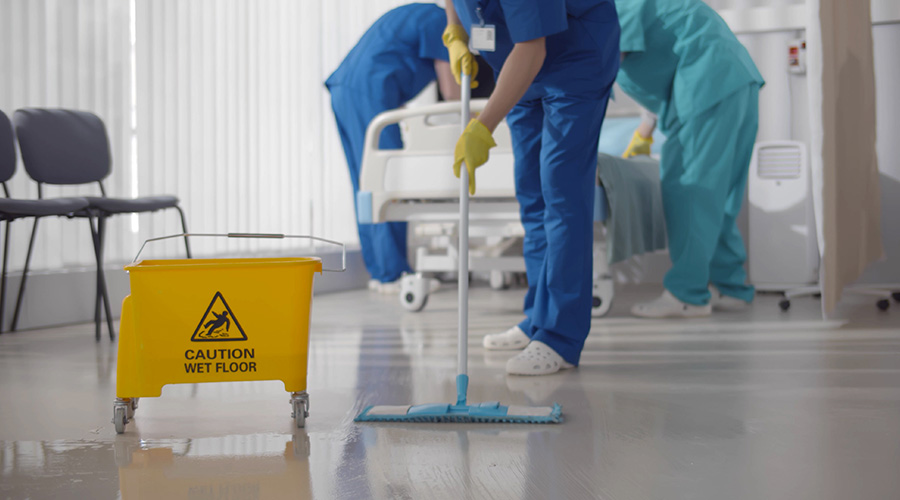Researchers are still learning about how the coronavirus disease it causes is transmitted. Public health authorities have not reached a consensus on whether the virus is airborne, according to an article on the EHS Daily Advisor website.
But two Harvard Medical School researchers suggested in the Journal of the American Medical Association that air disinfection in healthcare facilities may be just as important as using fitted N95 respirators to protect healthcare workers from COVID-19 infections.The EPA has noted the growing evidence behind airborne transmission and suggested increasing ventilation and air filtration. ASHRAE issued an emerging issue brief on COVID-19 and airborne transmission.
The World Health Organization (WHO) has recommended several steps that businesses, employers, and building managers should consider to improve indoor ventilation and air filtration:
- Consider using natural ventilation, opening windows if possible and safe to do so.
- Increase the percentage of outdoor air in mechanical systems, first verifying compatibility of increased outdoor air with the capabilities of existing building HVAC systems for both temperature and humidity control, as well as compatibility with outdoor/indoor air quality considerations.
- If possible, increase total airflow supply to occupied spaces.
- Disable demand-control ventilation controls that reduce air supply based on indoor space temperature or occupancy.
- Increase air filtration to as high as possible without significantly diminishing design airflow; some HVAC systems cannot handle higher-efficiency filters that require higher air pressure.
- Inspect filter housing and racks to ensure appropriate filter fit, and check for ways to minimize filter bypass.
- Ensure exhaust fans in restroom facilities are functional and operating at full capacity when the building is occupied.
It is the overlap of seasons and HVAC system operation that determines the indoor environment—where most viral propagation occurs, according to a Consulting-Specifying Engineer article.
Research has linked air between 40 and 60 percent relative humidity (RH) with less-effective aerosol travel, shorter airborne and surface survival times, lower transmission rates and more effective patient lung repair functions.
However, hospitals in colder climates typically operate at lower RH levels (often 20 percent-30percent) during winter, in line with minimum requirements.
Most Northern Hemisphere cities have a window of opportunity before summer arrives to increase humidification to 40 percent.
Read the full EHS Daily Advisor article.

 Contaminants Under Foot: A Closer Look at Patient Room Floors
Contaminants Under Foot: A Closer Look at Patient Room Floors Power Outages Largely Driven by Extreme Weather Events
Power Outages Largely Driven by Extreme Weather Events Nemours Children's Health Opens New Moseley Foundation Institute Hospital
Nemours Children's Health Opens New Moseley Foundation Institute Hospital Code Compliance Isn't Enough for Healthcare Resilience
Code Compliance Isn't Enough for Healthcare Resilience Ribbon Cutting Marks First Phase Completion for New Montefiore Einstein Facility
Ribbon Cutting Marks First Phase Completion for New Montefiore Einstein Facility